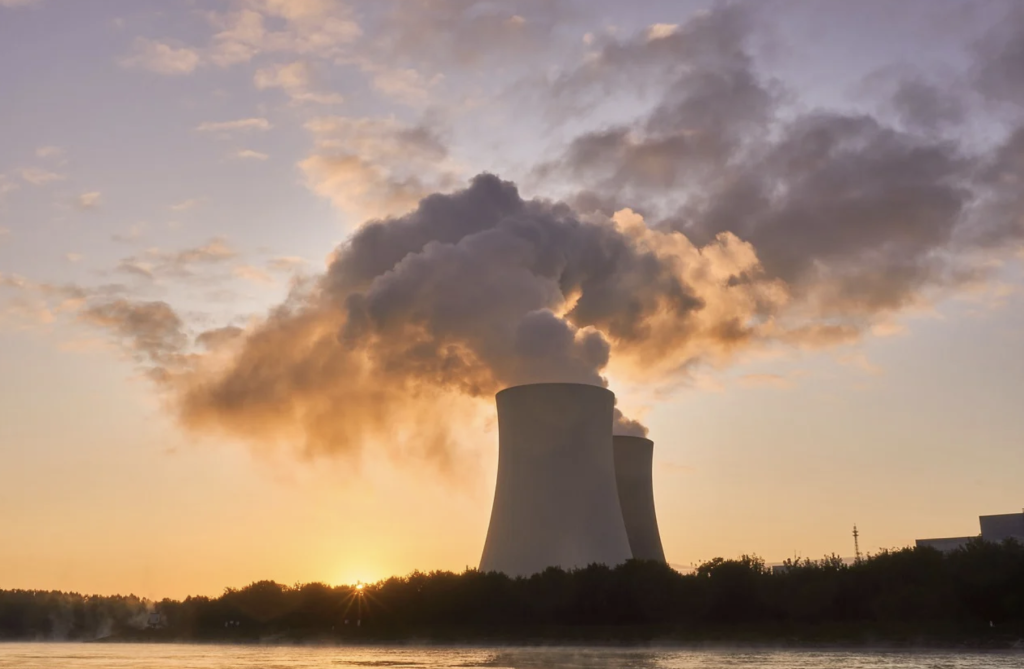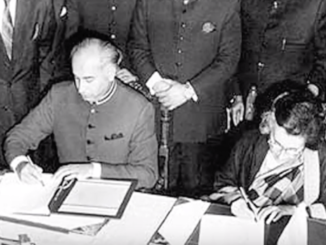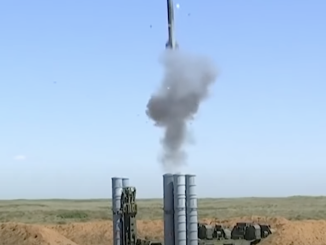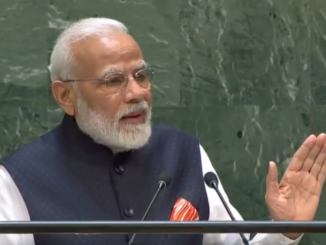
Since the overt nuclearization of South Asia, the question of ‘nuclear learning’ has remained in the limelight. The term itself was introduced by Joseph Nye in 1987, as he endeavoured to examine US-Soviet relations during the Cold War; he believed nuclear learning between super powers took place over a period of time.
Nuclear learning comprises of two main components, the empirical and the conceptual. The empirical component primarily deals with question of doctrines, strategies and the force postures of concerned states, while also including the decisions and actions taken by adversaries during a crisis. Nuclear diplomacy has its roots in the empirical component of nuclear learning. The conceptual component largely deals with the cognitive dimension of actors involved in this process.
Jeffery Knop highlighted two kinds of nuclear learning: the factual and the inferential. Factual learning pertains to understanding brute physical facts; it includes the number, types and capabilities of nuclear weapon systems. Inferential learning lays emphasis upon lessons learned as an input for policy decisions; inferences drawn from events crystallize into judgements which constitute the pillars that anchor policy frameworks. The nature of the term ‘learning’ is a contested arena. Scholarly disagreements over the normative and non-normative natures of learning are widespread. Knop identified five tiers of nuclear learning: Individual, Institutional, Governmental, State and International. To examine the state of strategic stability in South Asia, we will focus on the state and international levels of nuclear learning from a Pakistani perspective.
Strategic stability refers to a situation in which a nuclear stalemate between adversaries limits the space for military action. Its three main components are deterrence stability, crisis stability and arms control stability. Deterrence stability operates at the strategic, conventional and sub-conventional levels. Crisis stability pertains to factors influencing the balance between two opponents in a crisis situation, and also includes the ability to retain control over a crisis. Strong conventional forces reduce undue reliance on nuclear weapons, thus avoiding nuclear first use.
The thorniness of elemental issues rooted deeply in the strategic culture of South Asia undermines the efficacy of nuclear deterrence. Fundamental issues include hegemonic Indian designs, the Kashmir issue, conventional imbalance accentuated by fast tracked modernization drives, rising stockpiles of Indian fissile material, Indian acquisition of Ballistic Missile Defence (BMD), the rise of Hindutva ideology and the evolving geo-political situation. Raymond Aryon opined that a crisis is a substitute for wars between nuclear armed states, and states may seek opportunities to engage in one. Zafar Khan in his research work ‘Crisis Management in Nuclear South Asia: A Pakistani Perspective’,examined three such possibilities. States may engage in a crisis to achieve military objectives without escalation, to achieve political objectives either for the domestic or international audiences, and to establish stable bilateral relations.
Indo-Pak history is replete with hatred, acrimony and distrust. These South Asian nuclear armed states have been party to numerous crises for multiple reasons. In the late 1990’s, Kargil happened due to strategic compulsions Pakistan faced. It was pursued as an equalizer to the Indian capture of Siachen. Ambassador Jalil Abbas Jilanihas said in a interview to S.Paul Kapur, “Without Siachen, Kargil would not have taken place”[i]. Pakistan wanted to bring the Kashmir issue to international attention. Kargil may be seen as a strategy of pre-emptive defence in response to anticipated Indian offenses. Nuclear weapons capability gave the top brass of the Pakistan Army the confidence to pursue this action, while escalation risk and international intervention limited the Indian course of action.
During the Twin Peak crisis in 2001-2, the credibility of India’s compellence strategy was questioned, as Pakistan counter mobilized its troops in response to Indian mobilization. Furthermore, India failed to prevent future terror attacks. Fear of nuclear use and substantial US involvement in crisis management de-escalated the situation. The United States war in Afghanistan was a restraining factor for India. In the aftermath of the Twin Peak crisis, Pakistan and India undertook certain steps to strengthen the bilateral crisis management system. Resumption of dialogue was on the cards, while hotline mechanisms at the levels of the Foreign Secretary and Director General Military Operations were improved. A new hotline was established to categorically address the nuclear risk. Pakistan and India also agreed to extend a declared moratorium on nuclear tests and to pre-notification of ballistic missile trials.
The 2008 Mumbai crisis did not escalate to military mobilization, as both states, cognizant of lessons from past crises, avoided brinkmanship. The United States crisis management team again played an instrumental role in diffusing tensions. In the aftermath of terrorist attacks in Pathankot, Uri and Nagrota, India accused Pakistan of failing to act against proscribed terrorist outfits. India claimed it had conducted “surgical strikes” following the Uri terrorist attacks. DG ISPR Lt. Gen Asim Bajwa refuted Indian claims and termed their actions as an “LOC violation”. Pakistan denied responsibility for attacks and stated that India needed to revisit the security mechanisms in place at its military bases so as to study how and why the attacks had occurred.
After analysing the corpus of historical account of crisis management between Pakistan and India, it can be ascertained that factors that have averted war include risk of escalation and third-party action. Dr. Moeed Yousaf presented a Brokered Bargaining Model (BBM) in his book ‘Brokering Peace in Nuclear Environments’. However, this model assumed a strong uni-polar moment as well as synchronization between interests of a unipole and other major powers in promoting de-escalation. Both these assumptions contrast heavily with standing realities.
The Pulwama/Balakot crisis did not follow the trajectory of events that had taken place earlier. Both states moved onto the escalation ladder up to a point of a conventional aerial dog fight. The US-India strategic partnership resulted into a delayed and desultory intervention by the United States as a crisis manager. International support and domestic political compulsions were the prime drivers of the Indian offense. India deployed a nuclear submarine on the frontlines and threatened Pakistan with a missile attack. US Secretary of state Mike Pompeo tweeted at the time, “US stands with India as it confronts terrorism”. Dr. Moeed Yousaf opined that, “After Pakistani airstrikes, the US quickly reverted to its traditional unequivocal prioritization of immediate de-escalation over alliance preference”.
China can present itself as a regional crisis manager between India and Pakistan. It strives to economically integrate India and Pakistan, and aspires to develop the Bangladesh-China-India-Myanmar corridor as well as the China-Pakistan Economic Corridor. China led economic integration in South Asia can help consolidate its role as a crisis manager.
It is imperative here to understand the doctrinal thinking of the Indian Armed Forces, so as to sketch the pattern of future crisis in South Asia. The question of extra-territorial terrorism in this region remains central to crisis initiation and management for the nuclear armed states.
Indian strategic circles seem to be obsessed with the Cold War era theoretical construct of Herman Kahn. Kahn proposed a 44-rung nuclear escalation ladder. Non-nuclear rungs include sub-crisis manoeuvring, traditional crisis and intense crisis. Traditional crisis includes a show of force and significant military mobilization. Intense crisis encompasses the declaration of a limited conventional war, a large compound escalation and counter force attacks. Various iterations of Indian Armed Forces doctrines reflect the idea of punitive conventional or sub-conventional strikes in response to terrorist attacks. The Cold Start doctrine, having its intellectual origin in the Sunderji doctrine, advocated for the rapid mobilization of strike formations for a blitzkrieg styled attack. The Land Warfare Doctrine (LWD) pointed out that a conventional operation would be central in the conflict spectrum. Gen. Bipin Rawat hinted that “Integrated Battle Groups will be structured while keeping them terrain, task and technology specific”. The LWD also outlined pre-emptive or surgical strikes alongside non-attributable and non-declaratory hybrid warfighting capabilities in the conventional and sub-conventional domains. The Joint Doctrine of the Indian Armed forces and the Basic Doctrine of the Indian Air Force advocate the role of “air power” in obtaining strategic effect in sub-conventional operations. These doctrines envision synergised offensive application of air power with ground operations.
India frequently accuses Pakistan of harbouring proscribed terrorist outfits without presenting any substantial proof. The right of self-determination of the Kashmiri people is reflected in numerous legal instruments including the UN Charter, the International Covenant on Civil and Political Rights and the Declaration on Principles of International Law concerning Friendly Relations and Co-operation among States.
The following recommendations are put forward to strengthen and institutionalize crisis management systems in South Asia:
- Resolving of the Kashmir issue in line with UNSC binding resolutions.
- Resuming regular, comprehensive and inclusive dialogue between Pakistan and India. The agenda of Kashmir remains central to the dialogue process, which must include Hurriyet leaders.
- Institutionalizing regular and nuclear Confidence Building Measures (CBM’s).
- Developing bi-lateral crisis management mechanisms between Pakistan and India to lessen dependence on third party action.
- Institutionalizing an Arms Control Regime (ACR) in South Asia to promote a culture of strategic restraint and limit yawning conventional asymmetry between India and Pakistan.
- India’s abstention from pursuing Low Intensity Conflicts (LIC) and risking nuclear deterrence.
- India’s ending the provision of financial and logistical support to various proscribed terrorist outfits.
- The establishment of a Joint Investigation Teams to investigate cases of terrorism.
- Institutionalizing annually scheduled contact between high ranked military, civil and intelligence officials.
![]()




Be the first to comment